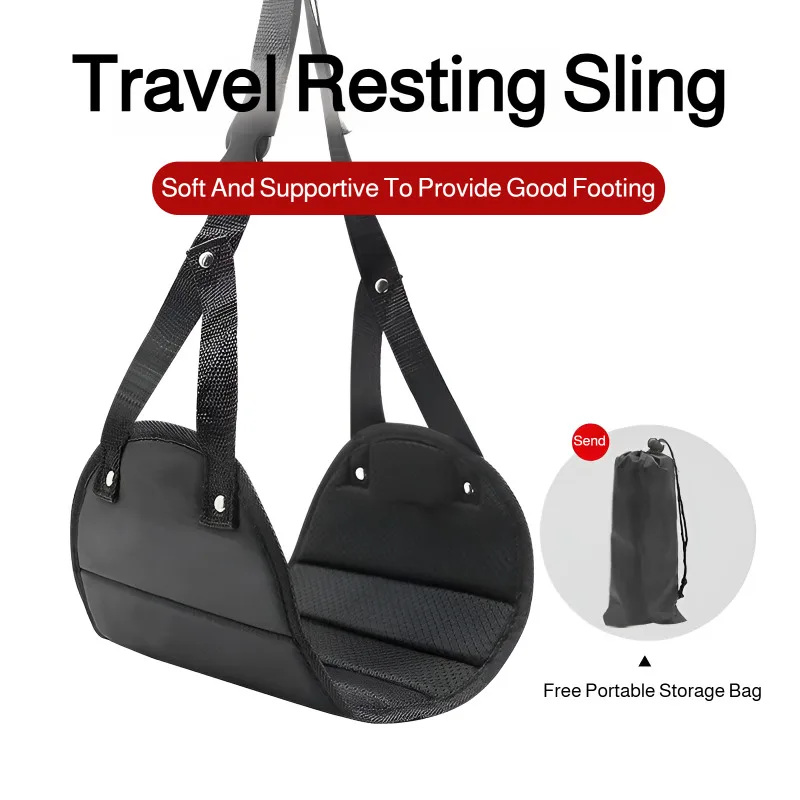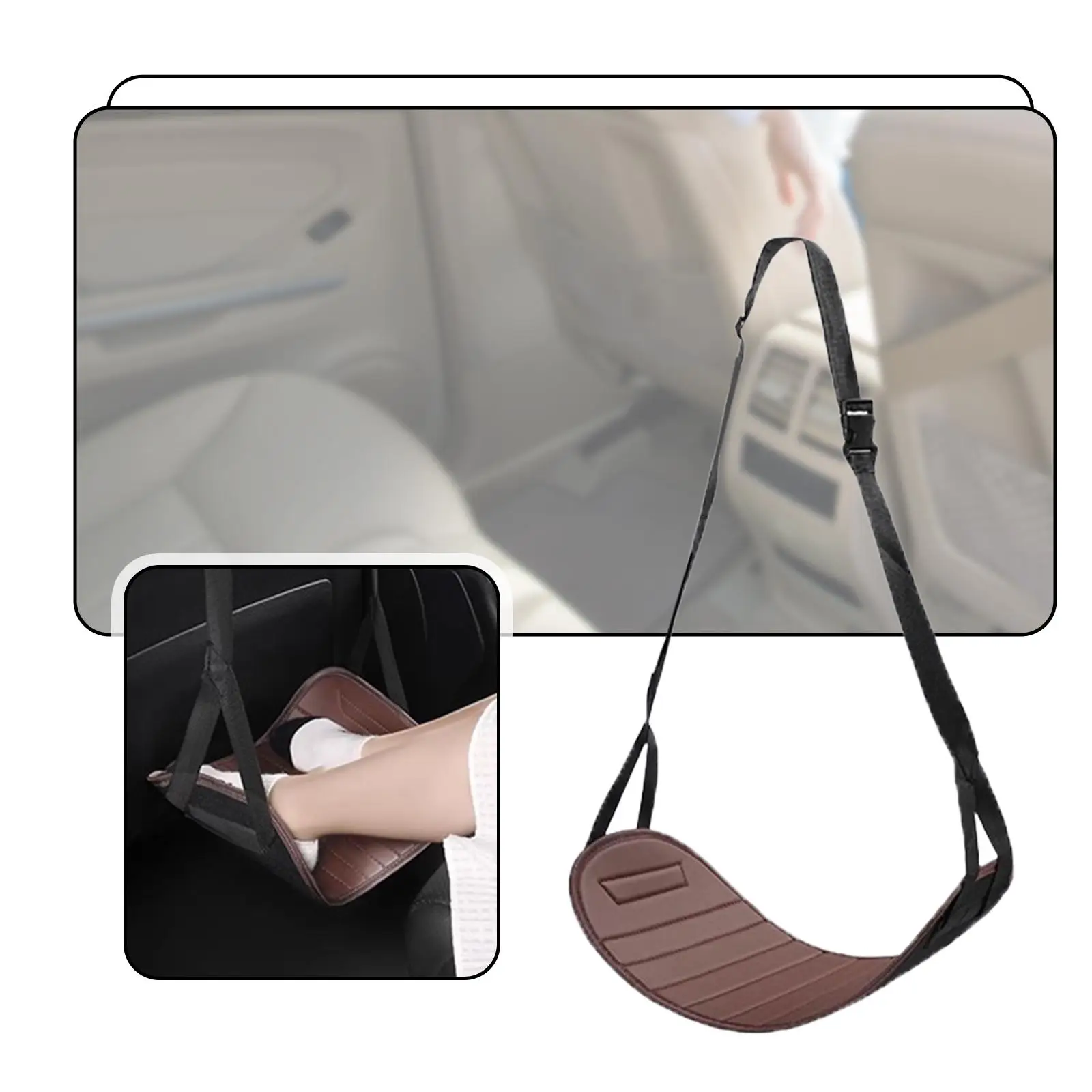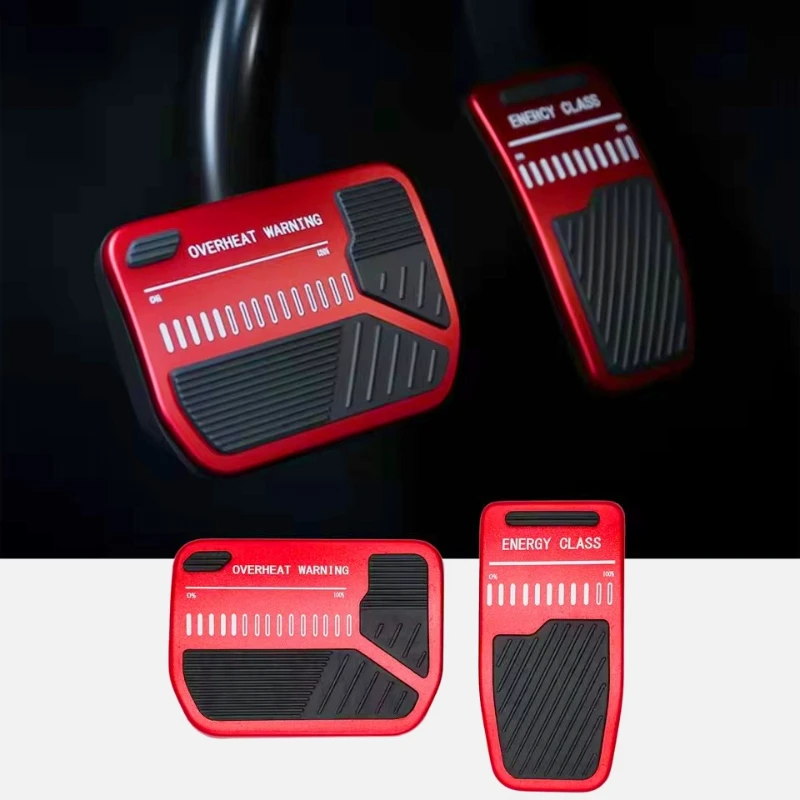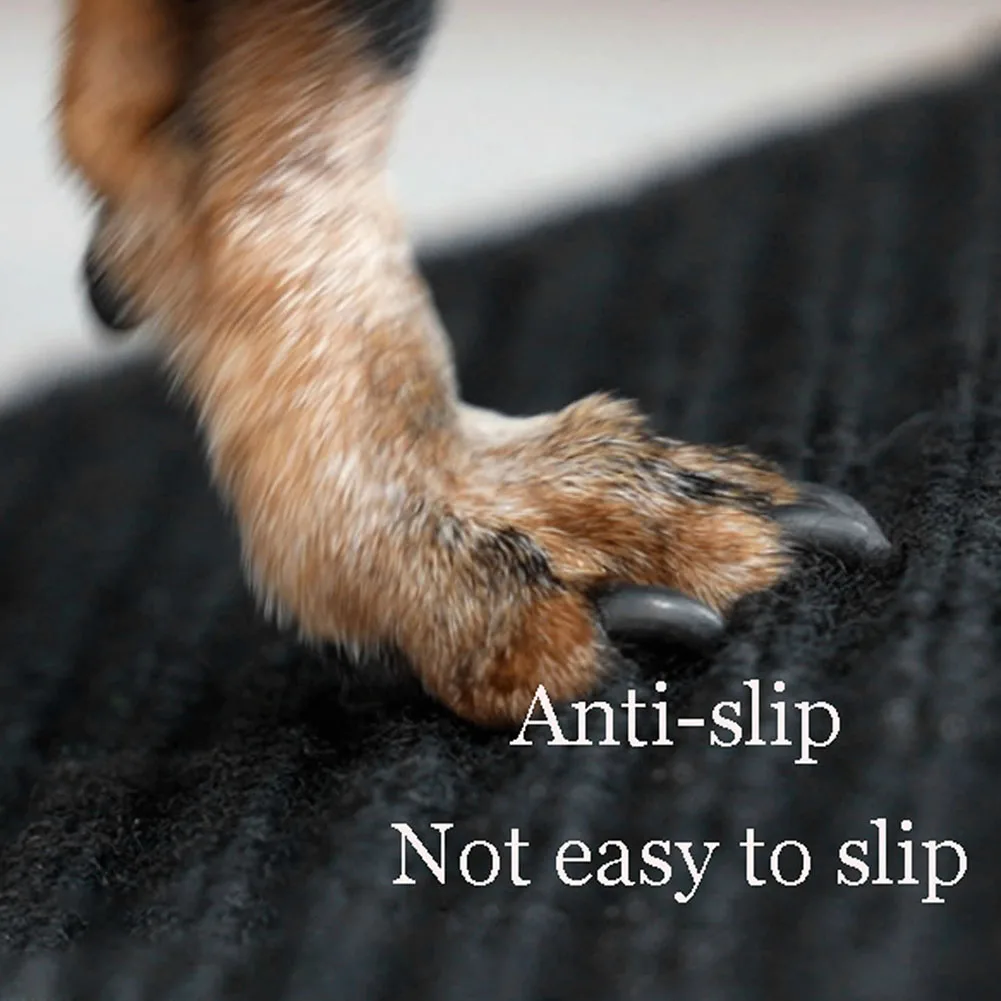A Practical Guide to Footrests, Foot Slings, and “Foot Hammocks”
Long flights and road trips can make calves swell and feet tingle. When knee angles stay tight for hours, blood and lymph flow slow down and discomfort builds. This guide explains hanging foot slings (“foot hammocks”), floor footrests, and inflatable foot cushions—how they differ, when to use each, and the right way to set them up with courtesy and safety in mind.
Reference image: folding hanging foot sling with adjustable strap (lightweight, packs flat).
Suggested ALT text: “Passenger using a folding foot hammock to gently raise feet in an economy seat.”
TL;DR
-
Hanging foot hammock: loops over a tray-table support or headrest to slightly raise your feet; best portability.
-
Floor footrest: sits on the floor with a fixed angle; most stable.
-
Inflatable foot cushion: fills legroom and supports feet; adjustable volume.
-
Etiquette: never pull on or shake the seat in front; follow crew instructions at all times.
-
Cars: do not use while driving; passengers only.
Side-by-Side Comparison
| Type | Portability | Setup | Stability | Best Use | Notes |
|---|---|---|---|---|---|
| Hanging foot hammock | Excellent | Easy | Light sway | Economy seats, buses, car passenger seats | Adjust strap length; avoid loading the seat ahead |
| Floor footrest | Medium | Easy | High | Seats with decent floor space | Look for non-slip base |
| Inflatable foot cushion | High | Moderate | High | Fill legroom, add foot support; good with kids | Check airline policy before flying |
Why a Foot Sling Helps
-
Eases knee angle so calves aren’t pressed against the seat edge.
-
Lightweight and foldable—fits a pouch or backpack.
-
Adjustable strap—fine-tune height to your body and seat.
-
Padded cradle—reduces pressure on the instep and ankles.
Airplane Setup: Step by Step
-
Safety first: obey cabin crew; stow the device during takeoff, landing, and turbulence.
-
Anchor point: wrap the strap around a solid tray-table support (or similar) and double-loop it; lock the buckle.
-
Height: aim for a knee angle around 100–120° with your ankles neutral; your feet should feel lightly lifted, not jammed up.
-
Etiquette: don’t pull on the seat ahead; keep movements gentle to avoid shaking.
-
Hygiene: remove shoes and keep socks on for grip and cleanliness.
Note: Most airlines treat these as personal comfort items, but permission is airline/aircraft dependent. Crew instructions always override.
Car Use (Passengers Only)
-
Never in the driver’s seat. It can interfere with pedal control and posture.
-
For front passenger or rear seats, loop the strap around the headrest posts and lock the buckle.
-
Set the height modestly so feet don’t slide forward under hard braking.
-
On long trips, stop every ~2 hours for a short stretch.
Quick “Micro-Moves” to Keep Circulation Going
-
Ankle circles: 10 reps × 2 sets per side.
-
Calf squeeze–release: hold 10 seconds × 5.
-
Gentle thigh lifts (within seat limits): 5 reps.
Buying & Setup Checklist
-
Strap/buckle strength and clean stitching.
-
Cushion shape/padding to spread pressure across the instep/heel.
-
Adjustment range wide enough for your height and seat height.
-
Packability & weight; pouch included.
-
Cleaning: wipe-clean fabric or hand-washable cover.
Care & Storage
Wipe the surface after use and air-dry completely. For long storage, loosen the straps to reduce material stress.
FAQ
Can I always use a foot hammock on board?
Policies vary by airline, aircraft, and seat design. Follow crew guidance; they may ask you to stow it.
Will it bother the person in front?
If the strap is short and snug and you don’t load your body weight into it, impact is minimal. Move gently.
Does it help tall travelers?
Yes. Reducing knee flexion and supporting the ankles can make a noticeable difference. Choose a model with generous strap length.






